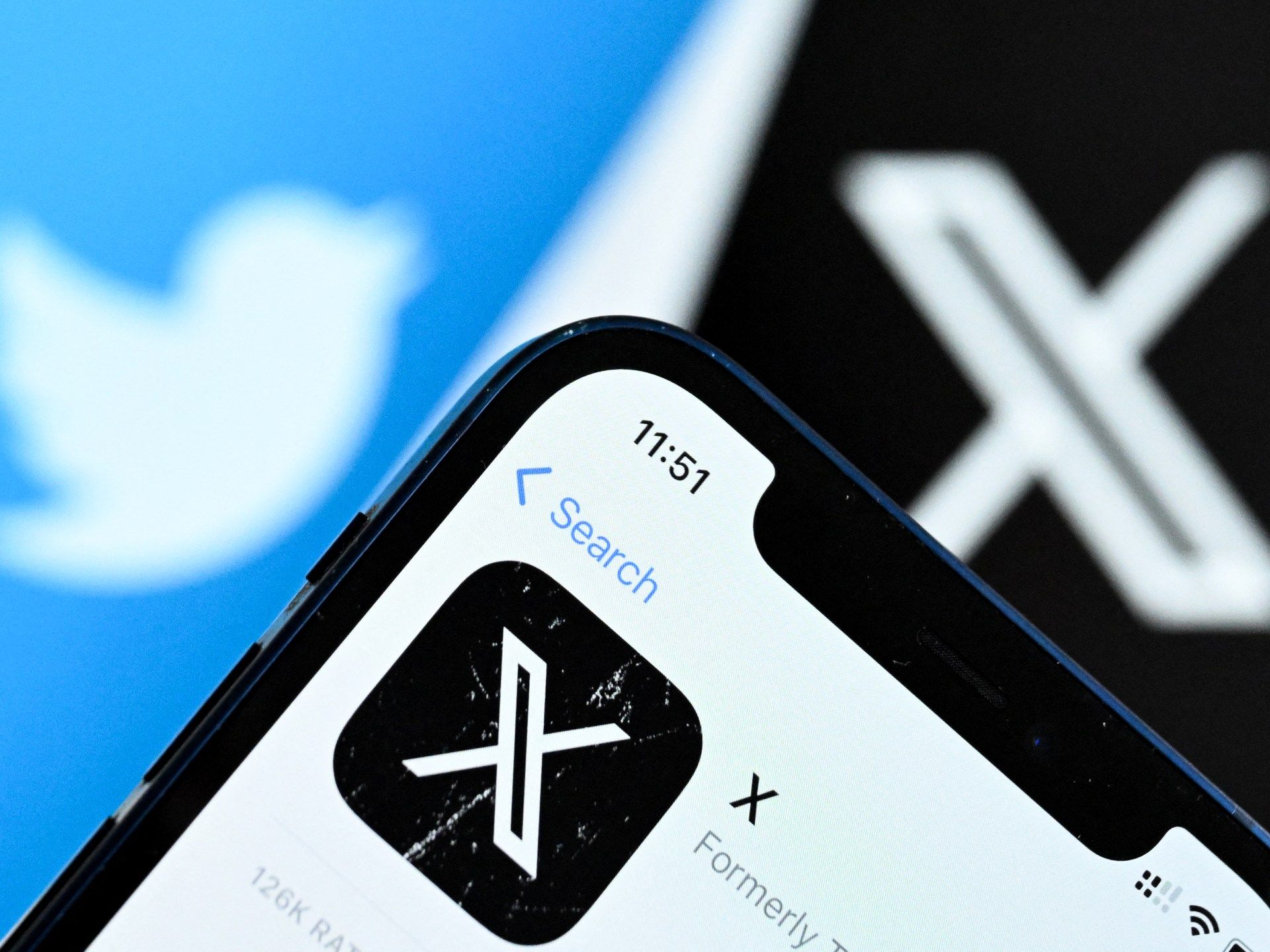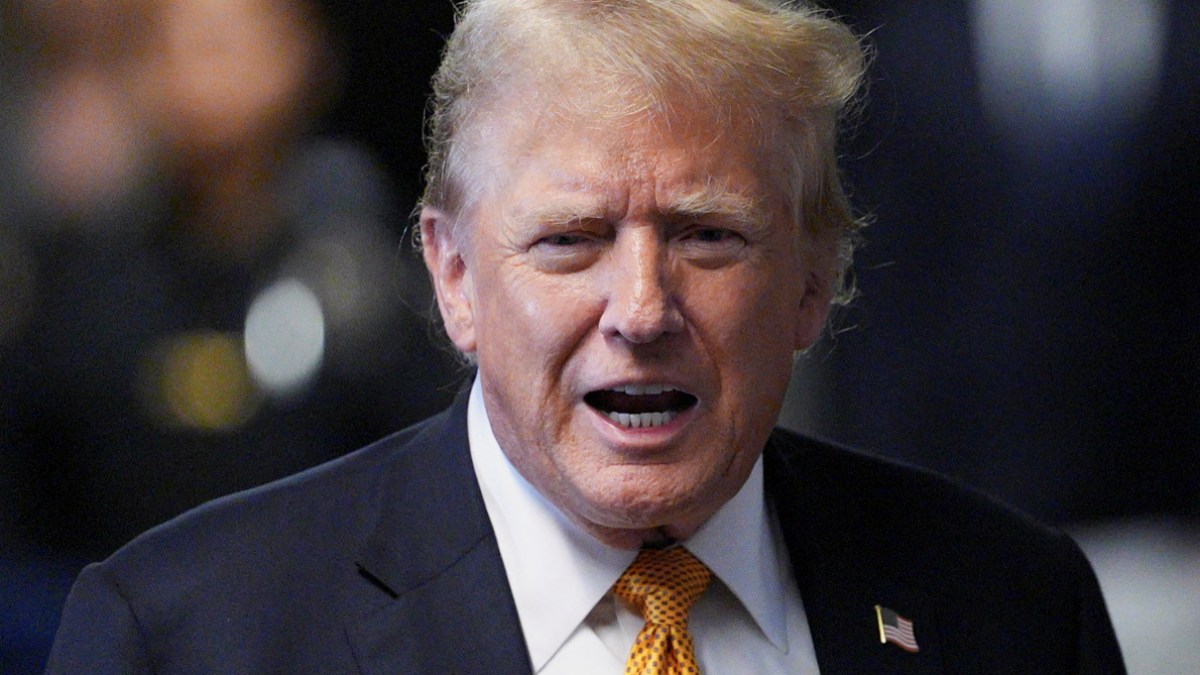Elon Musk has blamed a “massive DDOS attack” for disrupting his highly anticipated interview with US Republican presidential candidate Donald Trump and causing a lengthy delay.
The interview was streamed live on Musk's social media platform X, formerly Twitter, and was scheduled to begin at 8 p.m. EST (midnight GMT). However, many users reported that they were unable to access the chat, prompting Musk to suspend it for several minutes.
In the interview, Musk engaged in friendly banter with the former president on topics including immigration and the US economy. Trump, who returned to the platform after a year away, made several unsubstantiated claims that Musk did not challenge, having previously endorsed the Republican for the upcoming November election.
The tech billionaire reinstated Trump’s account in 2022, nearly two years after the platform’s previous management “indefinitely suspended” it for “inciting violence.”
According to figures released by X, some 20 million people have since listened to a recording of the conversation. Here's what you need to know about the bug:
What happened?
The “conversation,” as Musk put it, hit technical hurdles less than an hour into its launch, with some listeners encountering the error message: “This space is not available,” a reference to X’s live audio streaming feature, Spaces.
X users reported websites crashing after clicking on the Spaces link. The interview was conducted on Donald Trump's official X account.
It appears that a massive DDOS attack has occurred on 𝕏. We are working to disable it.
In the worst case, we will proceed with a smaller number of live listeners and publish the conversation later.
— Elon Musk (@elonmusk) August 13, 2024
Musk, in a post on X, said his team was working to fix the outage. He also said the X team had run stress tests on the system with eight million concurrent users, but did not provide details of the test or further information about the source of the alleged attacks.
About 40 minutes after the scheduled start time, users reported being able to access the link again and listen to the interview. The chat lasted for about two hours, with about a million listeners listening in real time.
The billionaire businessman appeared to imply that the attack came from the US Democratic Party. He replied “Yes” to a post by X that sarcastically claimed that Democrats were “fighting to save democracy” with the attacks, but provided no evidence.
What is DDOS?
A distributed denial of service (DDOS) attack is a malicious attempt to disrupt the normal operations of a server by flooding it with high levels of fake traffic that prevents normal users from accessing the network.
Attackers often use multiple compromised computer networks or other Internet-connected devices that have been infected with malware, turning them into bots.
These “zombies” are then remotely directed to the target server, crashing it and overwhelming the server. The false spike in traffic often causes the server to suddenly slow down or, worse, become unavailable altogether.
Has this happened before in X?
Yes. At a similar event in May 2023, the Twitter livestream event with Florida Republican Governor Ron DeSantis suffered a technical setback. DeSantis announced his candidacy for the presidential nomination in an interview with Musk on X. It was the first time that a US presidential candidate would launch his campaign on the platform.
Some 600,000 people had attended the event on Spaces, but users reported that they were hit with comments and that the audio was unclear, leading to a long delay. Others reported that app X had logged them out or crashed. When service was restored, some 25 to 30 minutes later, the number of listeners had dropped dramatically by more than a quarter.
DeSantis, at the time, said he chose to launch his campaign on X rather than on television, citing Musk's stance as a “defender of free speech.”
Musk claimed that the X servers were stressed by the number of listeners.
Is X having trouble with technicalities under Musk?
Some analysts say the platform's technical problems have increased since Musk's acquisition.
The billionaire bought Twitter for $44 billion in 2022 and proceeded to lay off about 80 percent of the company's staff, keeping a skeleton crew on crucial teams, such as those overseeing the site's reliability. The layoffs came amid financial troubles that have led the site to monetize more substantially, forcing people to pay for the famous “blue tick” verification badge, for example.
Advertiser numbers have fallen and user numbers have largely dropped due to concerns about rising levels of hate speech on the platform, as Musk has been accused of giving platforms to far-right voices on X.
He has positioned the platform as a “free speech” site, separate from traditional media, and has reinstated the suspended accounts of several controversial figures, including Trump.
Last week, Musk and X sued a group of advertisers, including Unilever and US pharmacy CVS, for “boycotting” the platform.
In documents obtained by US publication Axios in January, mutual fund company Fidelity, which owns a stake in the company, reported that X had lost 71 percent of its value since Musk's purchase. The company is now said to be worth just over $12 billion.












